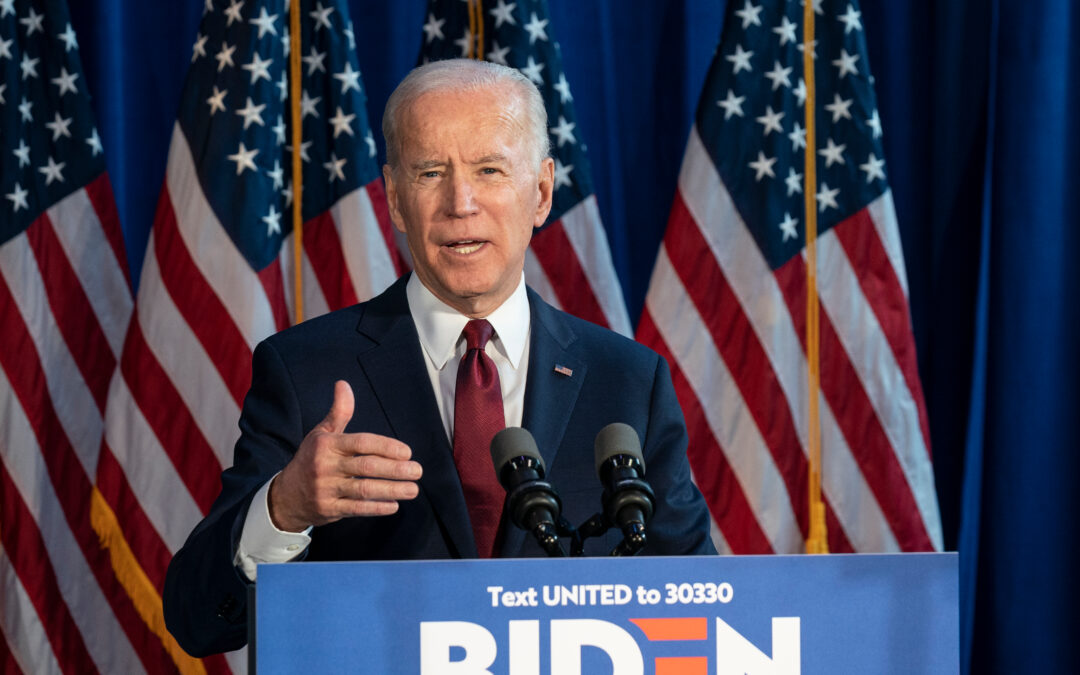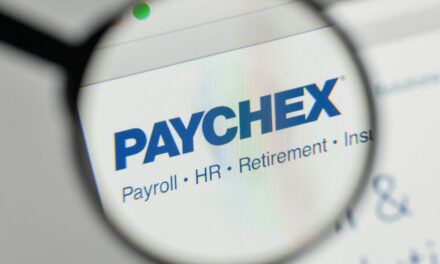“Well, that’s it, Charles. The bull market is over.”
I was chatting about the markets with my dad. He wasn’t particularly happy about the election results.
Regardless of what any of us think about President Trump, his presidency hasn’t been bad for the stock market. Trump’s administration ranks fourth behind only Calvin Coolidge, Bill Clinton and Barack Obama in terms of annual returns on the S&P 500.
The market was already heating up when Trump took office in 2017. Tax and regulatory cuts acted like gasoline on the fire.
So, my dad wasn’t crazy to conclude that Trump’s loss meant the bull market was over.
But here’s the thing. It’s not over. Stocks have continued to push higher post-election, and the Trump Boom is about to ignite into the Biden Bubble.
Here’s why…
[totalpoll id=”27033″]
Biden Bubble Is Not About Politics
I won’t get stuck in the weeds with a debate over which party has “better” policies. I don’t need the basket full of hate mail that those conversations tend to bring, and I’m happy to call for a pox on both of their houses.
But it pays to look at the numbers. As I wrote back in August, since 1926, the S&P 500 has returned about 14.5% per year when Republicans controlled both the presidency and both houses of Congress.
But it also returned 14.5% when Democrats controlled both the presidency and both houses of Congress. You had to take the decimal point out to three places in order to find a difference.
Interestingly, stocks performed best with a Democrat in the White House and Republican control of at least one house of Congress, returning 15.9% per year.
And barring a surprise in the Georgia Senate runoff election in January, that’s the most likely scenario.
I know, I know. This time is different. This past election was the most important election of our lifetimes.
Except we say that every election, and it’s not. Presidential politics play a role in the market’s performance. But it’s not as big as you might think.
The Most Powerful Person in Washington
In any event, the President of the United States is not the most powerful person in Washington. That distinction belongs to the mild-mannered Chairman of the Federal Reserve, Jerome Powell.
If you think Trump’s tax and regulatory moves added gasoline to the fire, the Fed’s stimulus moves over the past year would be akin to dumping barrels of experimental rocket fuel on it.
The Fed indicated earlier this year that it expected to keep short-term rates pegged at zero through 2023. And — even bigger — Powell and company would continue to vacuum up $120 billion per month of Treasurys and mortgage bonds. That’s $1.4 trillion in asset purchases — potentially even more if the economy starts to look shaky next year.
You know the rule: Don’t fight the Fed.
The data is mixed on whether the Fed’s stimulus actually helps the real economy or just distorts it. That’s a longer conversation for another day.
But there’s little debate about how the Fed’s policies affect asset prices. When the Fed gobbles up bonds, it creates new dollars to do so.
And a good chunk of those new dollars finds a way of sloshing into the capital markets.
So, as long as the Fed keeps the monetary firehose at full blast, we should expect the bubble to continue inflating.
The Thing About Bubbles…
The presidential election didn’t kill the bull market. But something will. No bull market lasts forever, and asset bubbles eventually burst.
What will it be this time?
None of us has a crystal ball, but we can make our best guess.
Perhaps inflation will creep higher and force the Fed to reverse course.
Maybe COVID-19 infections will blow up the economy before we can roll out the vaccine.
The real estate market could crash.
We might get pulled into an unexpected war.
It could be as simple as corporate profits rolling over and dying.
The point here is that it could be anything.
But in the meantime, this bubble could inflate — a lot.
Alan Greenspan, who was Fed Chairman during the 1990s tech bubble, commented on “irrational exuberance” in the market in December of 1996. The S&P 500 went on to more than double between then and its eventual peak in 2000.
So, hang on tight. The Biden Bubble could be one of the most epic bull markets of our lifetimes.
Money & Markets contributor Charles Sizemore specializes in income and retirement topics. Charles is a regular on The Bull & The Bear podcast. He is also a frequent guest on CNBC, Bloomberg and Fox Business. Follow Charles on Twitter @CharlesSizemore.





